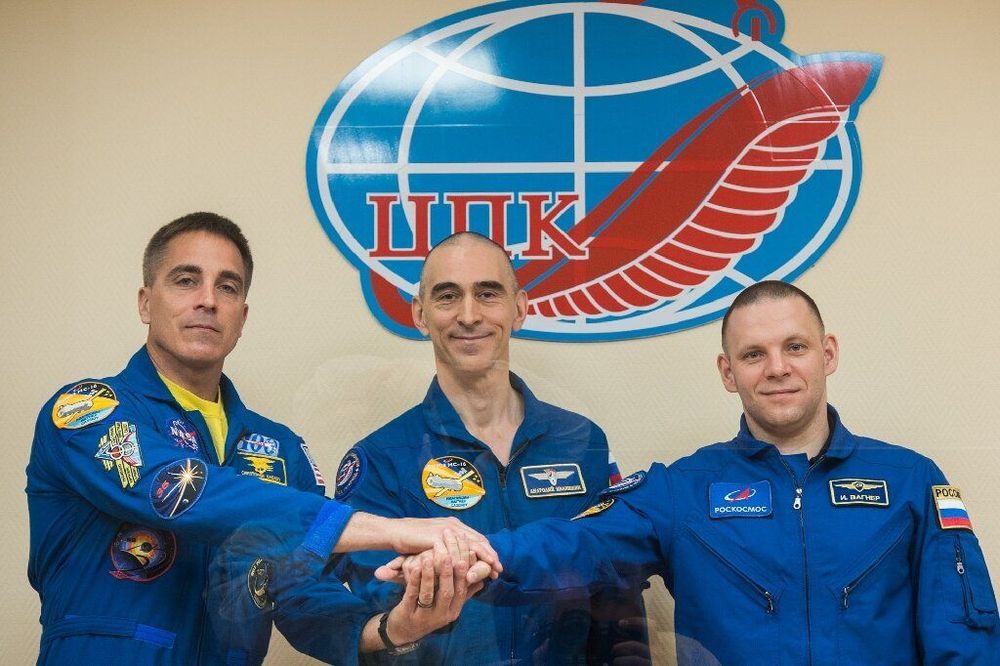Protesters in Nashville, Tennessee broke into Metro Courthouse, setting fires inside, as peaceful anti-police-brutality rallies slip into chaos and rioting all across the US.
Thousands of people marched peacefully through the city and gathered in the Public Square Park, chanting slogans against police brutality in the wake of the death of George Floyd.
#BREAKING: There’s fire inside City Hall. Protestors keep smashing windows. @WPLNpic.twitter.com/uPgLFRCE2W — Sergio Martínez-Beltrán (@SergioMarBel) May 31, 2020






